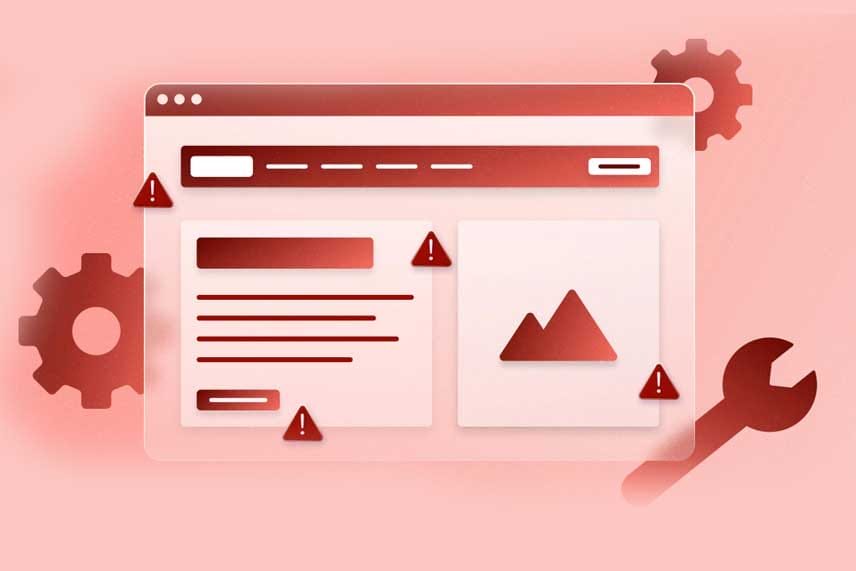- Address : P9FG+V4R, Shimutala, Matigara, Baniakhari
- /
- Email : splogos2022@gmail.com
- Home
- -Blogs Details
Blogs Details

- Jul 20,2023
- Admin
Which Website Accessibility Tool is Right For You?
Choosing the right website accessibility tool depends on your specific needs, resources, and the level of compliance you're aiming for. Accessibility tools are designed to help ensure your website is usable by everyone, including people with disabilities. Some tools are automated scanners that quickly identify common issues like missing alt text, poor color contrast, or incorrect heading structures. These are useful for getting a general overview and are often easy to integrate into development workflows. However, they may miss more nuanced issues that require manual testing.
Other tools focus on assistive technology simulation, such as screen readers or keyboard navigation testing. These help you experience your site the way users with visual or motor impairments might, offering deeper insight into real usability challenges. There are also overlay tools that add accessibility features to your site’s front end, such as text resizing or high-contrast modes, though these can be controversial as they don't always address underlying code-level issues.
If you're managing a small site with limited technical resources, a browser-based checker or plugin might be sufficient to start with. For larger organizations or those seeking full compliance with standards like WCAG or ADA, a more comprehensive suite that includes both automated testing and manual review capabilities is recommended. Ultimately, the right tool is one that fits your workflow, accurately identifies and helps fix accessibility barriers, and supports your goal of creating an inclusive digital experience for all users.




